A Snow Goose and Sandhill Cranes at INWR
Published: September 18, 2013
Tags: Life List Happenings, Snow Goose, Sandhill Crane, Northern Harrier, Bald Eagle, Red-tailed Hawk, Belted Kingfisher, Green-winged Teal, Blue-winged Teal, Great Egret, Great Blue Heron, Green Heron, Black-crowned Night Heron, Bald Eagle, Double-crested Cormorant, Killdeer, Greater Yellowlegs, Lesser Yellowlegs, Pectoral Sandpiper, Least Sandpiper, Pied-billed Grebe, Common Gallinule, Northern Pintail, Wood Duck, Tree Swallow, Barn Swallow, Yellow-throated Vireo, Marsh Wren
I had the opportunity to assist Celeste Morien on another marsh check out at Iroquois National Wildlife Refuge this morning. It was a picture-perfect day both weather-wise and bird-wise. Bird-wise because I got a life bird today!
The day began with heavy fog lying low over the water in the marshes, making it very difficult to see, let alone count anything that might be out there. We tried Cayuga Pool first and had to come back to it later. As the fog lifted, we found a few goodies: a pair of Sandhill Cranes at Kumpf Marsh and my life bird, a Snow Goose at Ringneck Marsh. In eBird, the goose came up as being rare for this date and location, making it just a little extra special. The Snow Goose, who breeds in the arctic, is usually found at salt water marshes, so perhaps the fact it was here at a fresh water marsh is unusual.
Did you know that many farmers don't care for Snow Geese? Apparently, instead of biting off the vegetation at ground level the way a Canada Goose does, the Snow Goose pulls out the vegetation, ruining many planted fields. Generally, Snow Geese arrive in large flocks, sometimes numbering in the thousands, so this kind of damage can be quite extensive!
Another interesting fact about the Snow Goose is that it comes in two "flavors" - the white phase that I saw today and a blue phase. The blue phase are Snow Geese with bluish-gray upperparts, brownish underparts, and a white head. They were once considered a separate species, Blue Goose, but the American Birding Association has combined them.
The Sandhill Cranes were both adults. There has been a third, younger crane seen with two adults recently, so we were wondering where the young colt was - or was this a different pair...
Another treat was that we got to see a couple of Virginia Rails too. We tried hard to turn the first rail into a Sora for my life list, but no luck; this was a true, young Virginia Rail. The rail was amongst the reeds and had a nice, long'ish beak. Were it an adult, that beak would have been bright orange, but this one was more gold/tan.
Also seen today were: 1 Northern Harrier, 2 Bald Eagles, 2 Red-tailed Hawks, at least 3 Belted Kingfishers, Green-winged and Blue-winged Teal, Great Egrets, Great Blue Herons, Green Herons, only 2 juvenile Black-crowned Night Herons, 2 Bald Eagles, Double-crested Cormorants, Killdeer, Greater and Lesser Yellowlegs, Pectoral and Least Sandpipers, Pied-billed Grebes, Common Gallinules, Northern Pintail, Wood Ducks, many, many Tree, and Barn Swallows, a Yellow-throated Vireo, and quite a few cute, little Marsh Wrens.
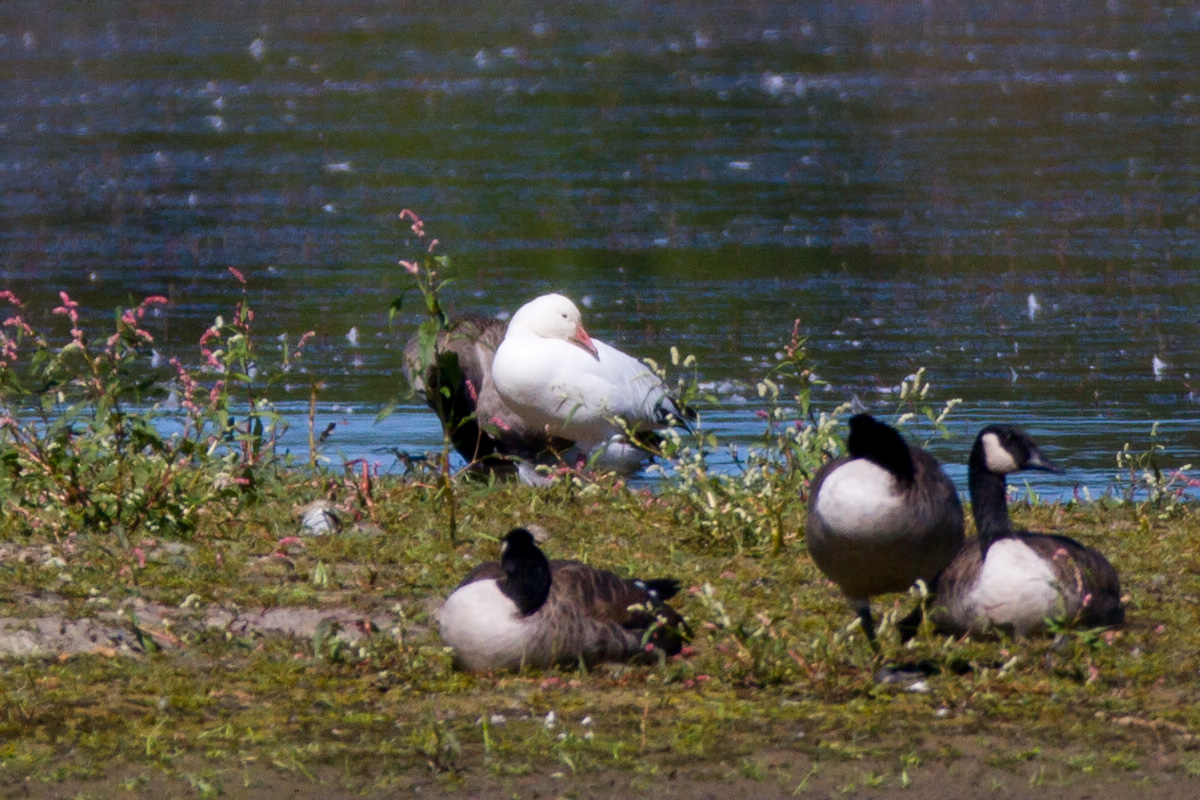
Snow Goose - a life bird!
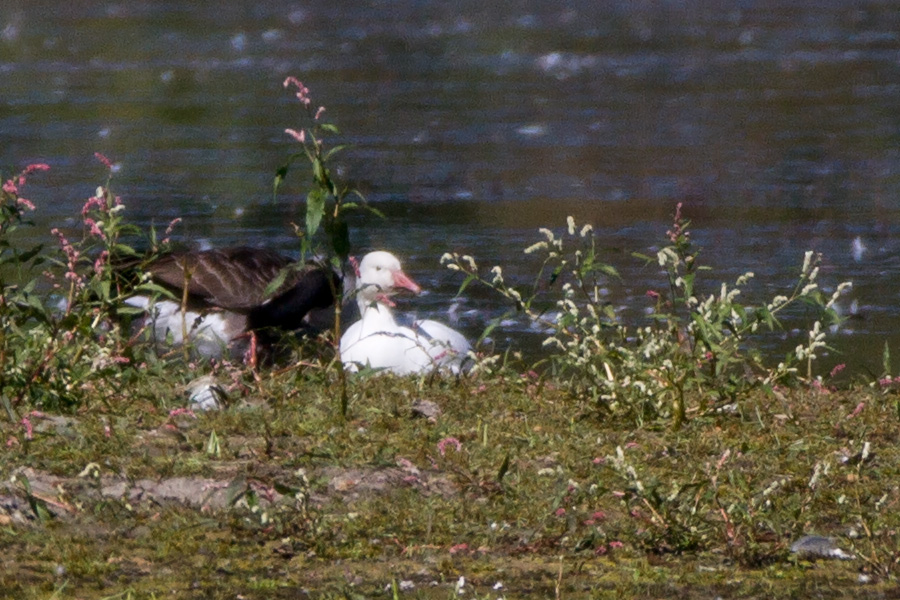
Snow Goose

Sandhill Cranes

Sandhill Cranes
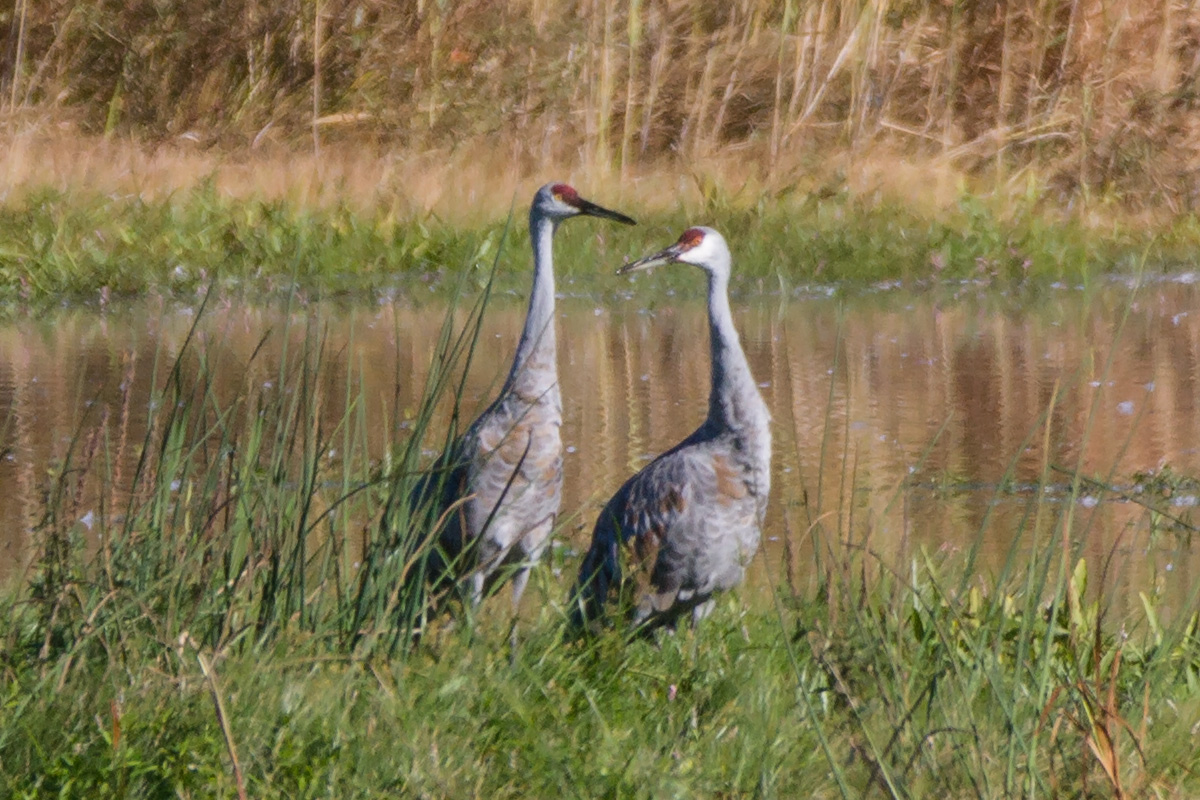
Sandhill Cranes - I was glad the photos at least came out well enough to show their gold eye colors against their red foreheads.

Sandhill Cranes

Young Northern Harrier
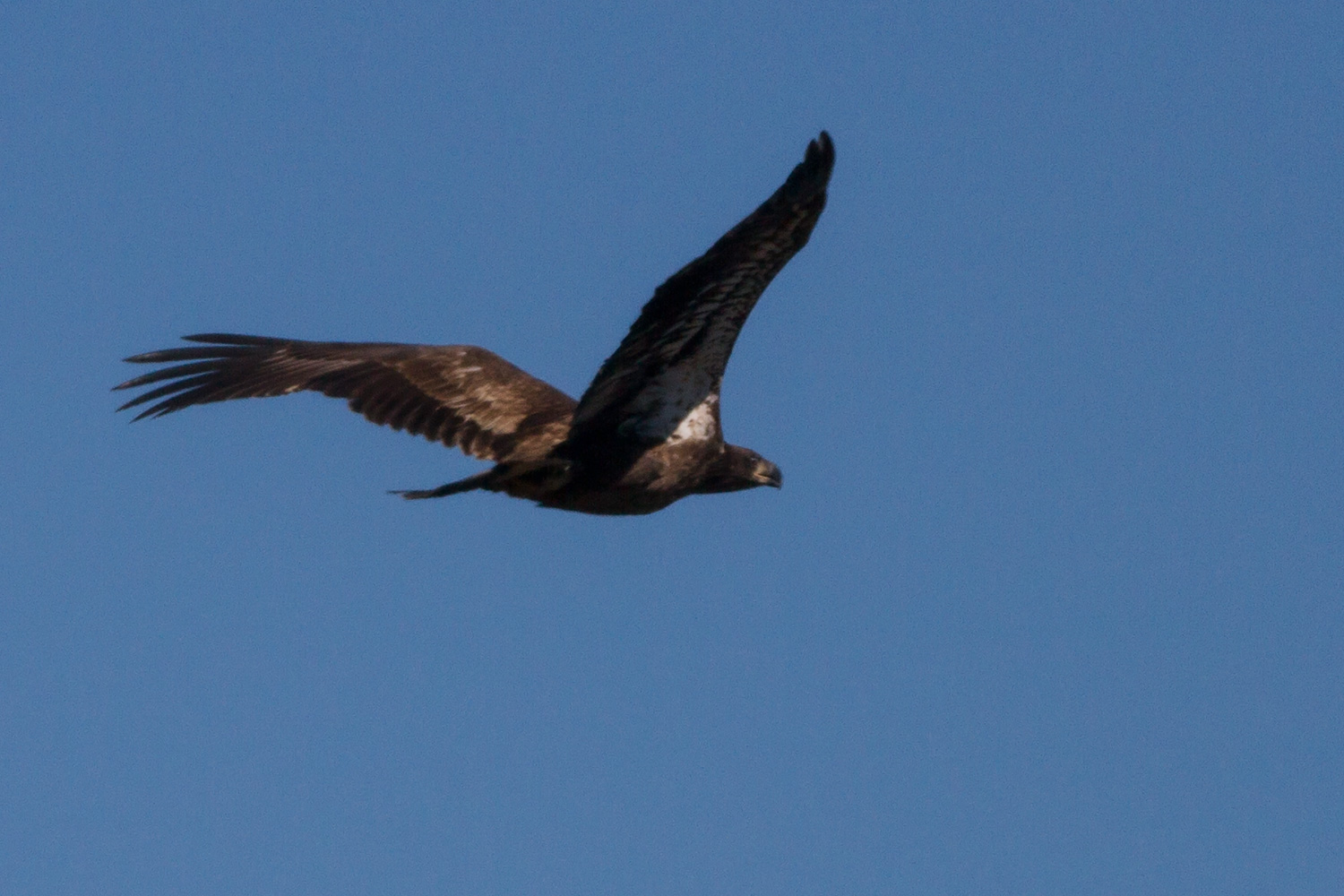
Young Bald Eagle
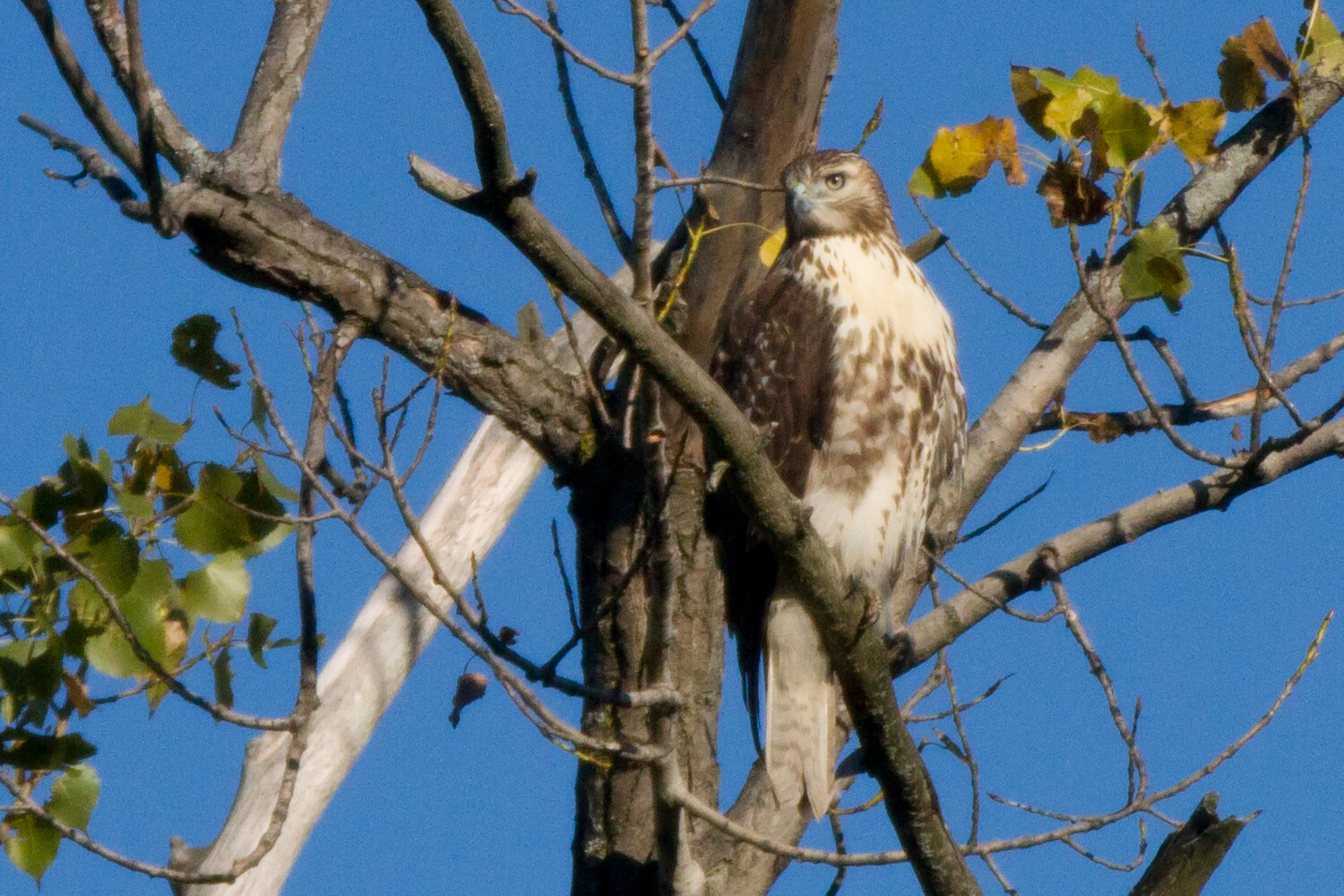
Red-tailed Hawk
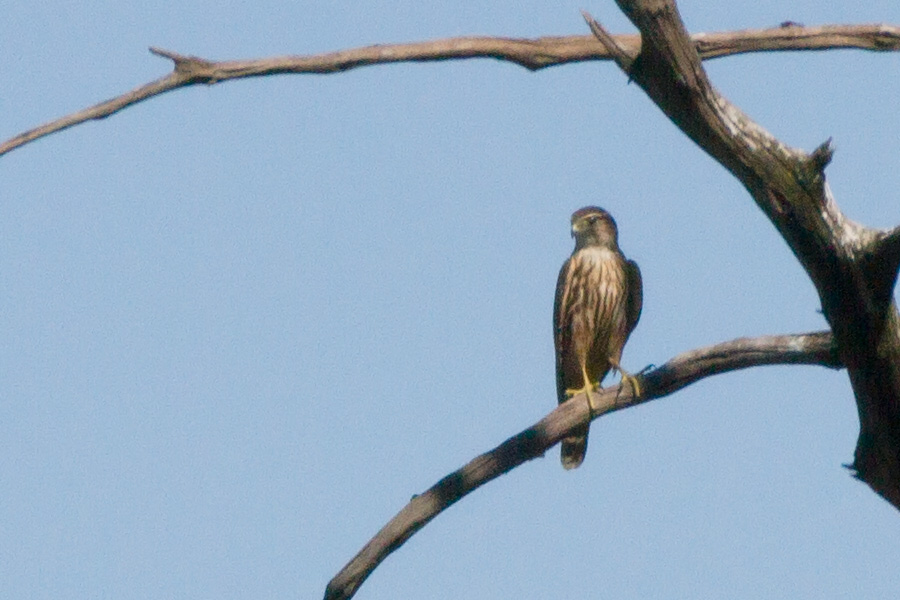
Merlin

Marsh Wren
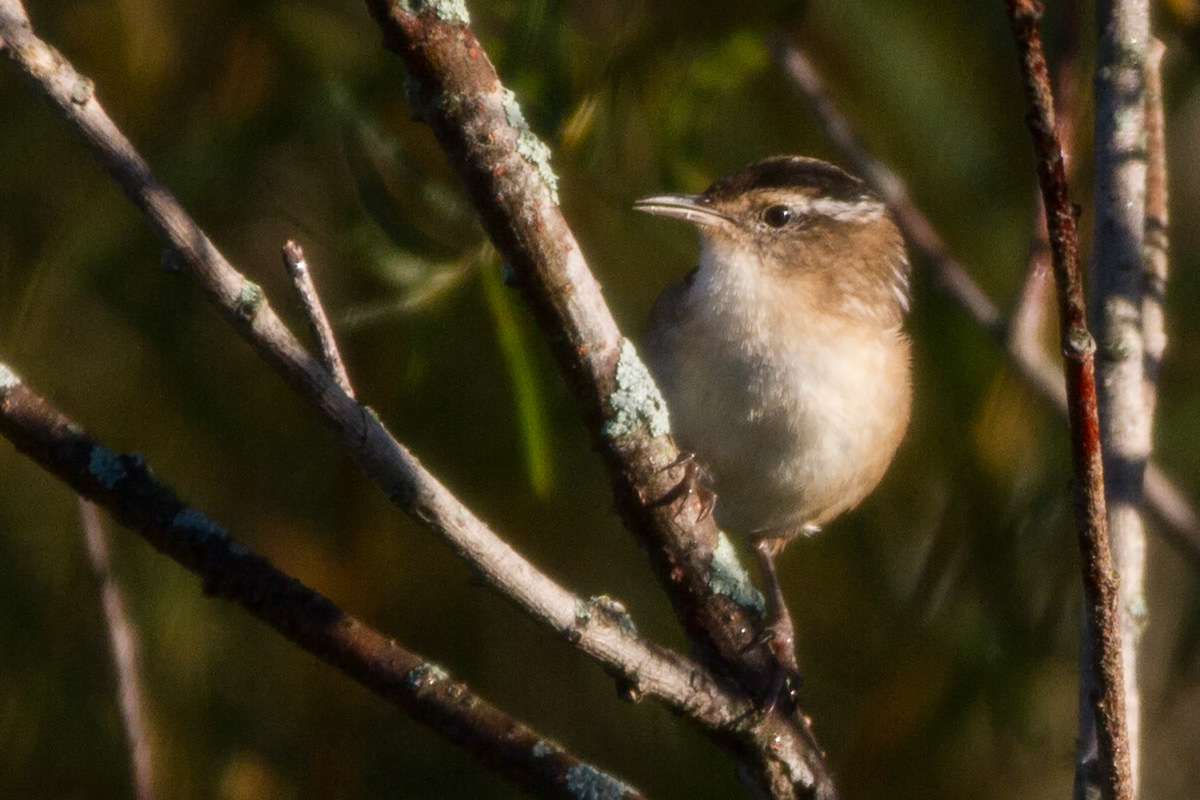
Marsh Wren
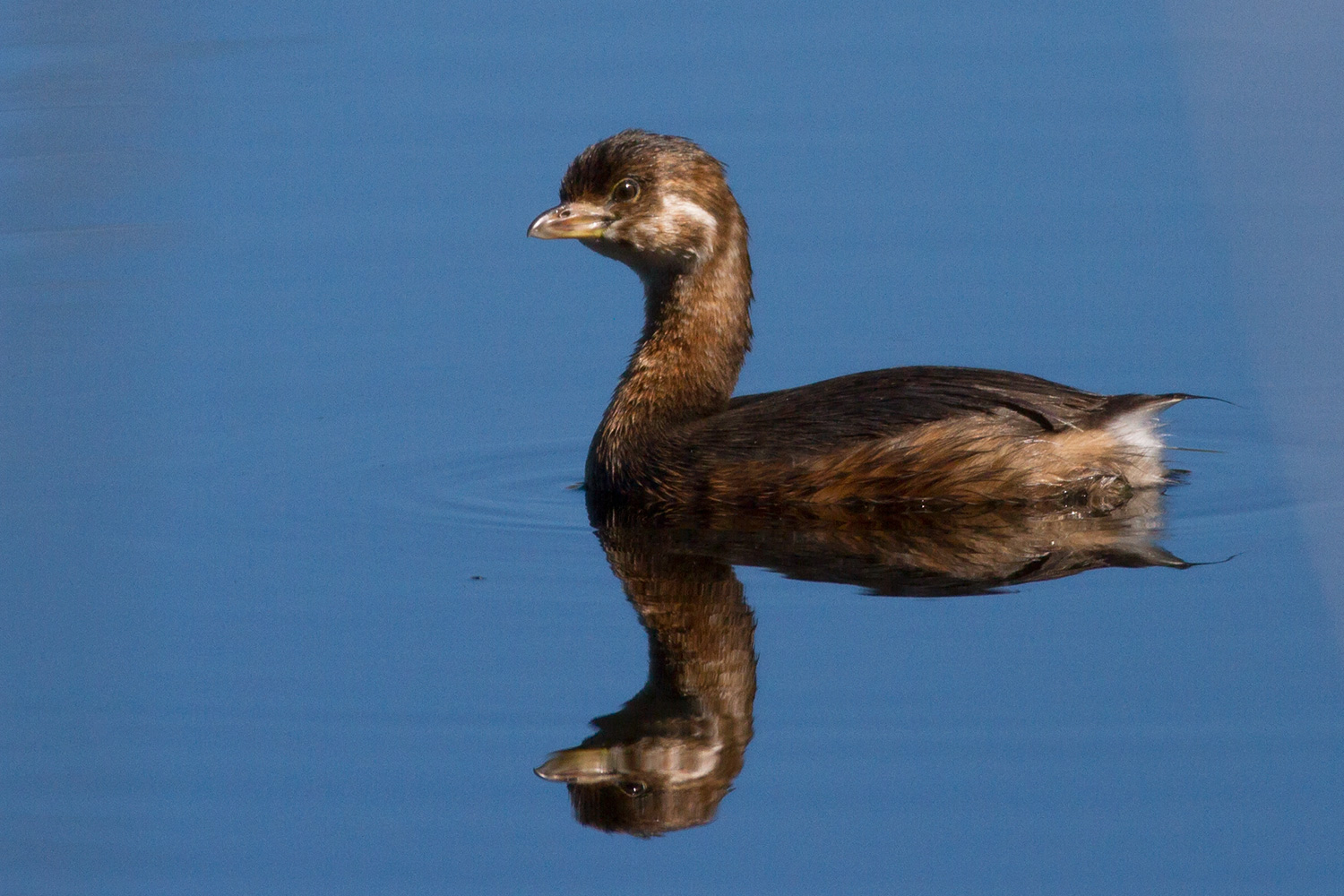
Pied-billed Grebe

Pied-billed Grebe
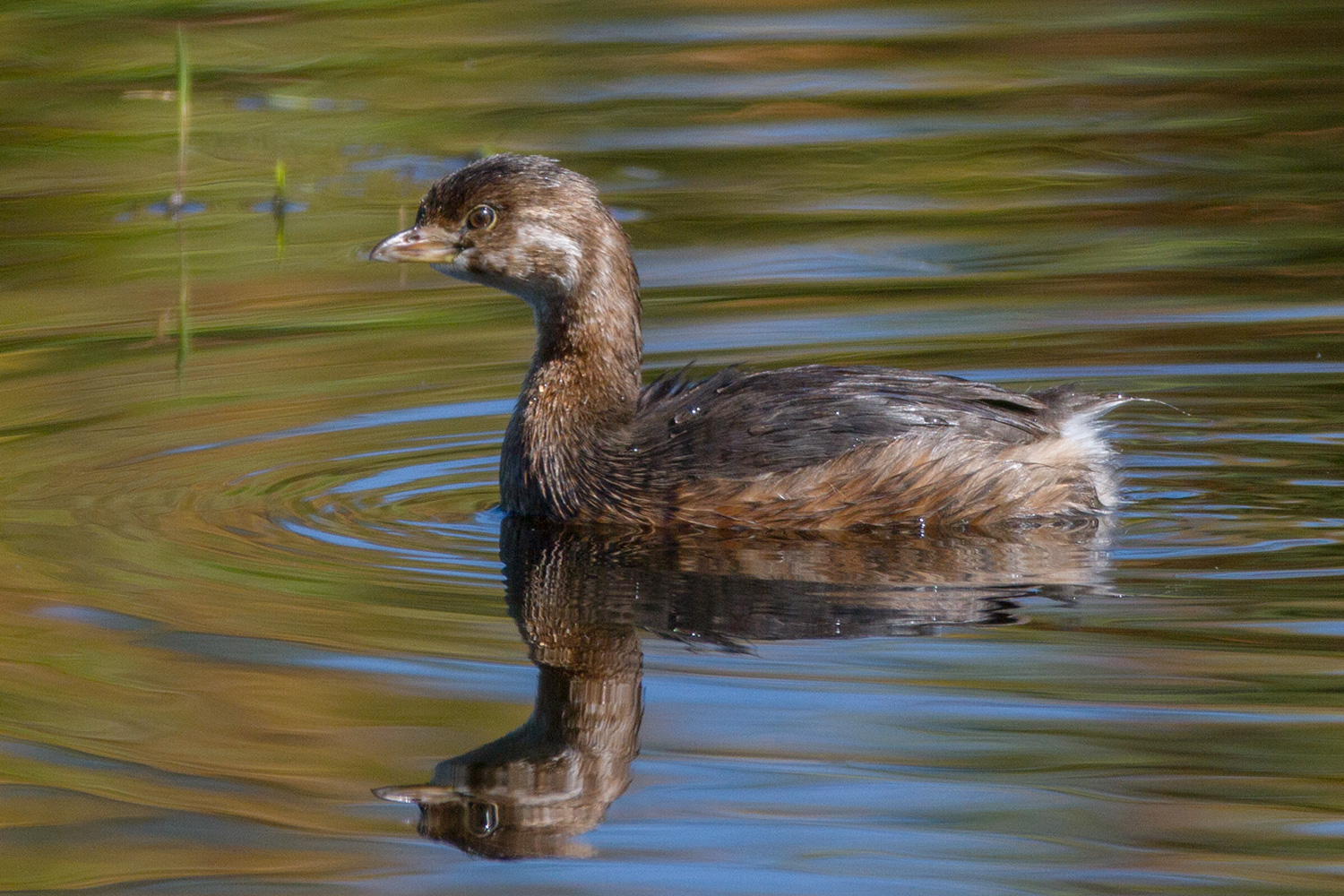
Pied-billed Grebe
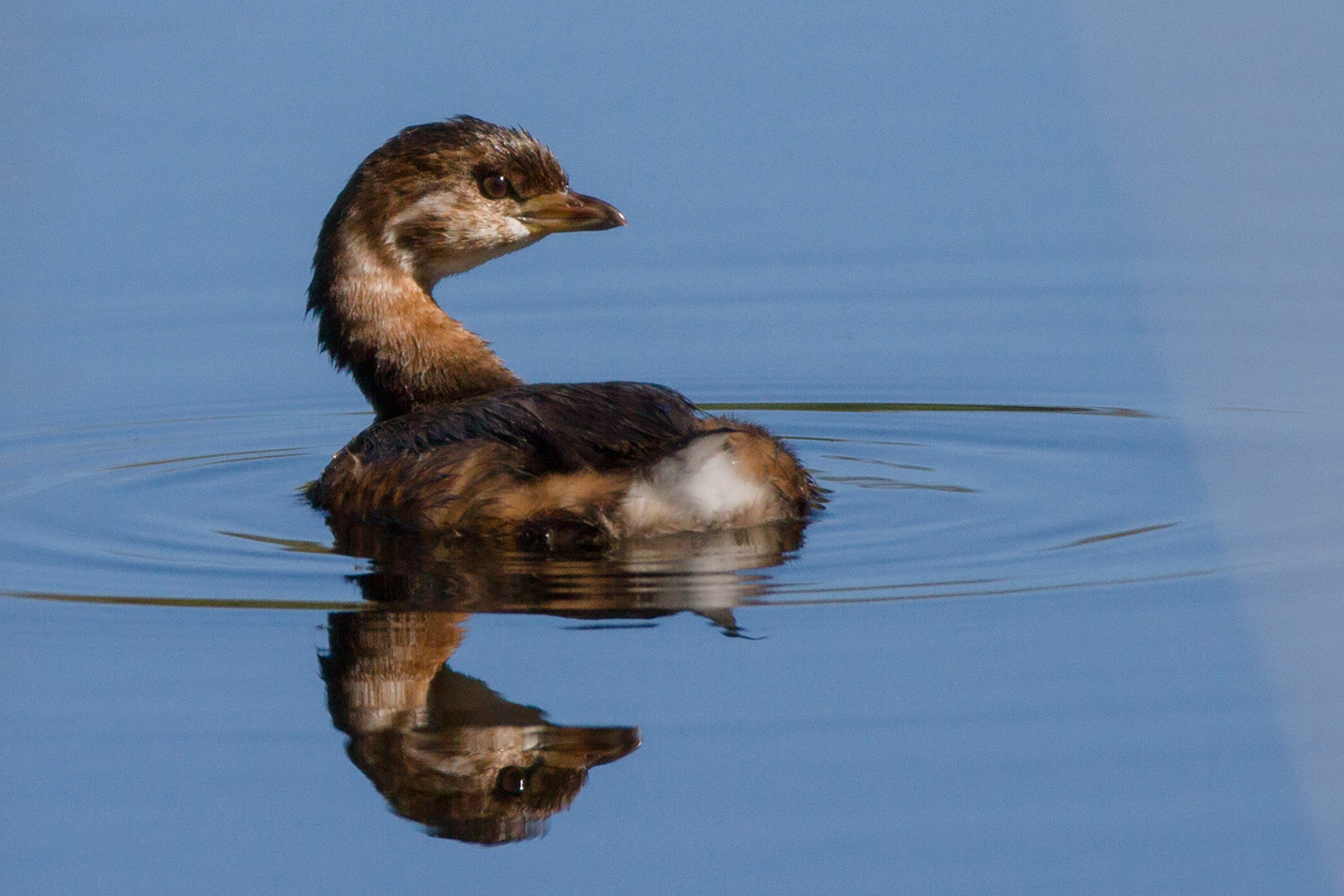
Pied-billed Grebe
Go Back
Go to Top